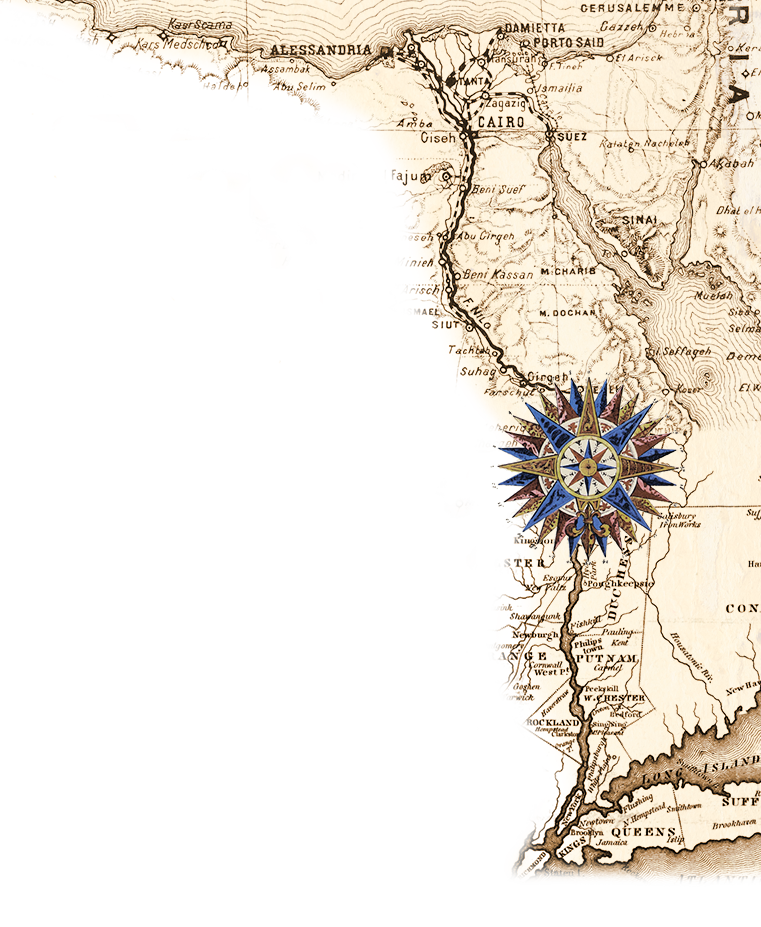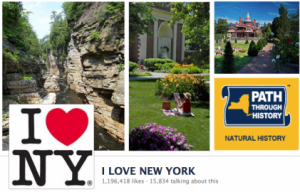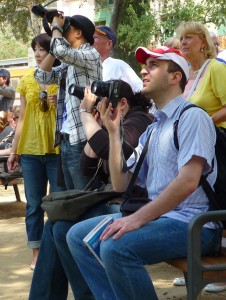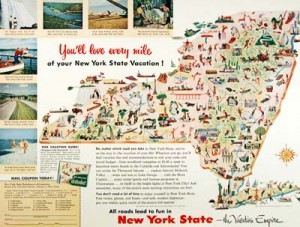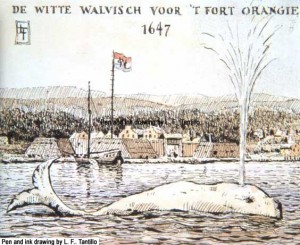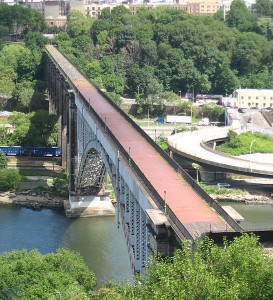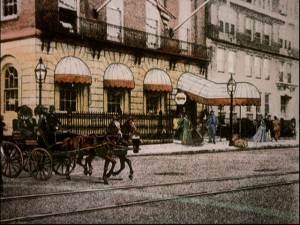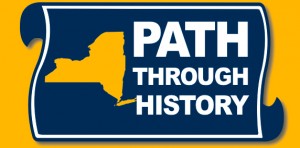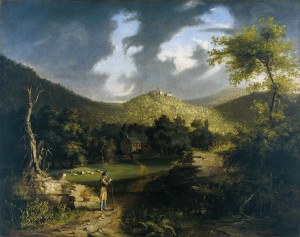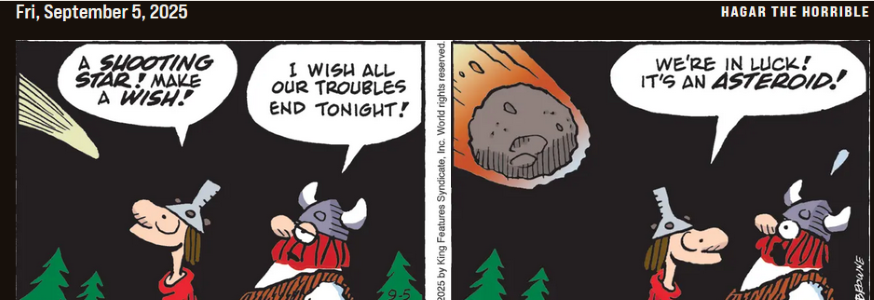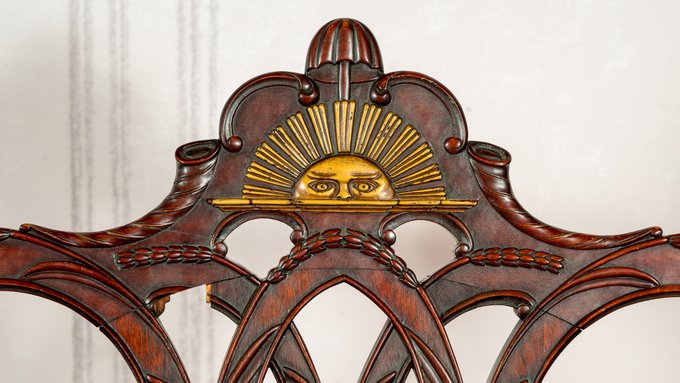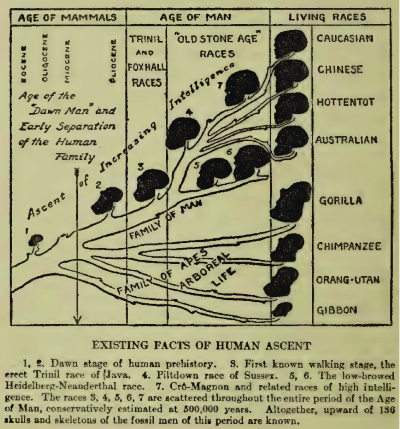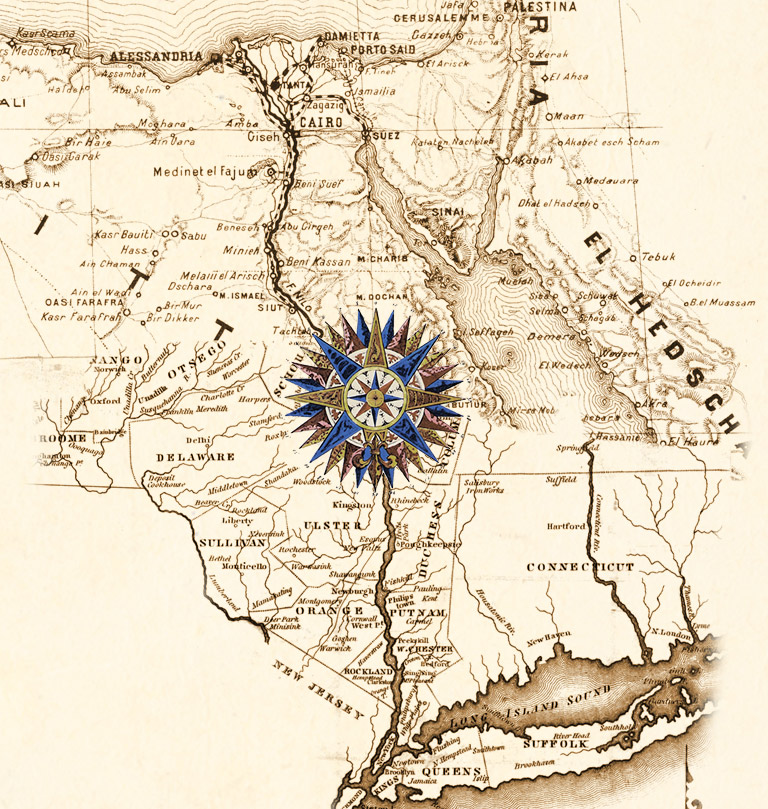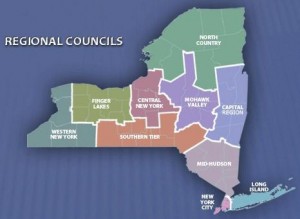
Here is some information about the latest round of proposals through the Regional Economic Development Councils. These regional councils provide a vehicle through which history tourist proposals which provide economic development could be submitted.
I would be curious to know if the history community is working with these Regional Development Councils since as everyone knows tourism is big business in New York. People may mistakenly think these councils are only for factories or projects of that nature. As a result the history community may shut itself off from where the real money is. Continue reading “Regional Economic Development Councils And History”
